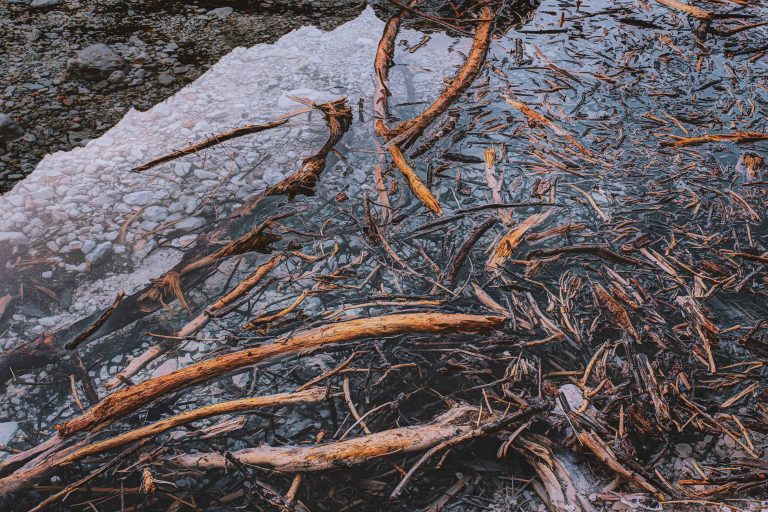Dendrochronologists took wood samples in Norway for their latest study of climate change. Photo credit: Freepik
Brno, Aug. 17, (BD) – Ongoing research involving scientists from Brno’s Mendel University is helping to understand the impact of climate change on the amount of driftwood on the Arctic coast. At the beginning of August the researchers took samples of driftwood in northern Norway, and three years ago they did the same in Iceland. They will now identify the different types of wood, their age and place of origin.
“It will be important to know where the wood comes from and by which route. It could come from the east, but also from the west of Russia, theoretically even from Norway. We will also be interested to learn how much wood has arrived over the past decades. According to the observations of local people, the wood has decreased a lot in recent years, as we have also seen previously in Iceland,” said Tomáš Kolář, dendrochronologist at the MENDELU Faculty of Forestry and Wood Technology.
The study focuses not only on the way timber is gathered and transported from Siberia, which was the main source area of timber in Iceland, but also on the amount of Arctic ice present, which is necessary for the wood to travel thousands of kilometres. “This is also interesting in terms of climate change, because the reduction of Arctic ice most likely leads to less floating timber,” Kolar said.
Usually scientists take driftwood samples in Iceland, Spitsbergen or Greenland for similar studies, but northern Norway has been largely overlooked in this regard. “There is not as much driftwood on beaches as in other areas. Also, some beaches are quite difficult to reach. You can’t get to the place by car, so you have to go by boat or on foot, which is quite difficult with all the equipment we need,” said Kolar, adding that there is only one publication on the origin of drift logs in Norway, but it dates back more than 20 years, which leaves many questions.
Together with colleagues from northern Norway, the Brno scientists sampled more than 400 trunks from eight different sites along the northern coast. “Since we found some logs just floating, and from one we even know the exact month and year, we can also pinpoint the time when the wood drifted through the ocean,” said Kolar. “According to previous studies and calculations, the minimum time would be two or three years.”
Norwegians use driftwood logs for furniture, construction timber or even for art, but its primary use is as fuel. “In northern Norway there is a rule that whoever catches the log first or at least marks it in some way owns it, which of course applies to the coast, which is state-owned and not a protected area,” Kolář added.






